Lunar New Year: Virtual Red Envelopes, E-Hongbaos in the Spotlight
Now with the festivities coming in just a few days, the Monetary Authority of Singapore (MAS) is advising Singaporeans to use so-called e-hongbao to help reduce queues for physical notes and because they are more climate-friendly. MAS estimates that some 330 tons of carbon emissions are generated by the production of new notes each Lunar New Year.
An e-hongbao is an electronic red packet where transfers are done via scanning of QR code or via an electronic fund transfers. Like a physical red envelope, an e-hongbao can come in different designs with customizable greetings and graphics depending on the bank.
E-hongbaos through PayNow
In Singapore, all major banks – DBS Bank, OCBC Bank, UOB, Citibank, Standard Chartered Bank and Maybank – are offering digital red packets this year in response to social distancing requirements amid the pandemic.
The functionality runs on PayNow, a peer-to-peer (P2P) fund transfer service in Singapore currently offered by nine banks, which allows customers to send and receive Singapore dollar funds from one bank to another almost instantly using just their mobile number and/or a Singapore national registration identity card (NRIC) number/foreign identification number (FIN).
During this end-of-the-year festive season, banking customers of these financial institutions will be able to send e-red packets through PayNow and add Lunar New Year greeting for recipients to receive via their Whatsapp or SMS transaction notifications. Customers of certain banks will also be able to include specially-designed festive graphics to accompany these greetings.
The following table by the Association of Banks of Association sums up the different PayNow e-Gifting features that have been made available by Singaporean banks:

PayNow e-Gifting feature availability, the Association of Banks in Singapore, January 11, 2021
DBS Bank is offering customers two options this year: the DBS QR Gift (also known as QR Hong Bao), and the eGift. While the eGift provides a 100% digital experience, the DBS QR Gift, which enables customers to loan cash values onto unique QR codes, aims to strike a balance between tradition and technology. The DBS QR Gift is currently Singapore’s only “phygital” alternative to gifting.
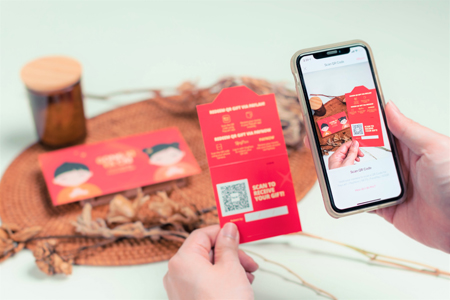
DBS customer scanning a DBS QR Gift card, DBS.com
Similarly, UOB customers will be able to send e-hongbaos instantly and conveniently through the UOB Mighty app via either PayNow or QR Pay.
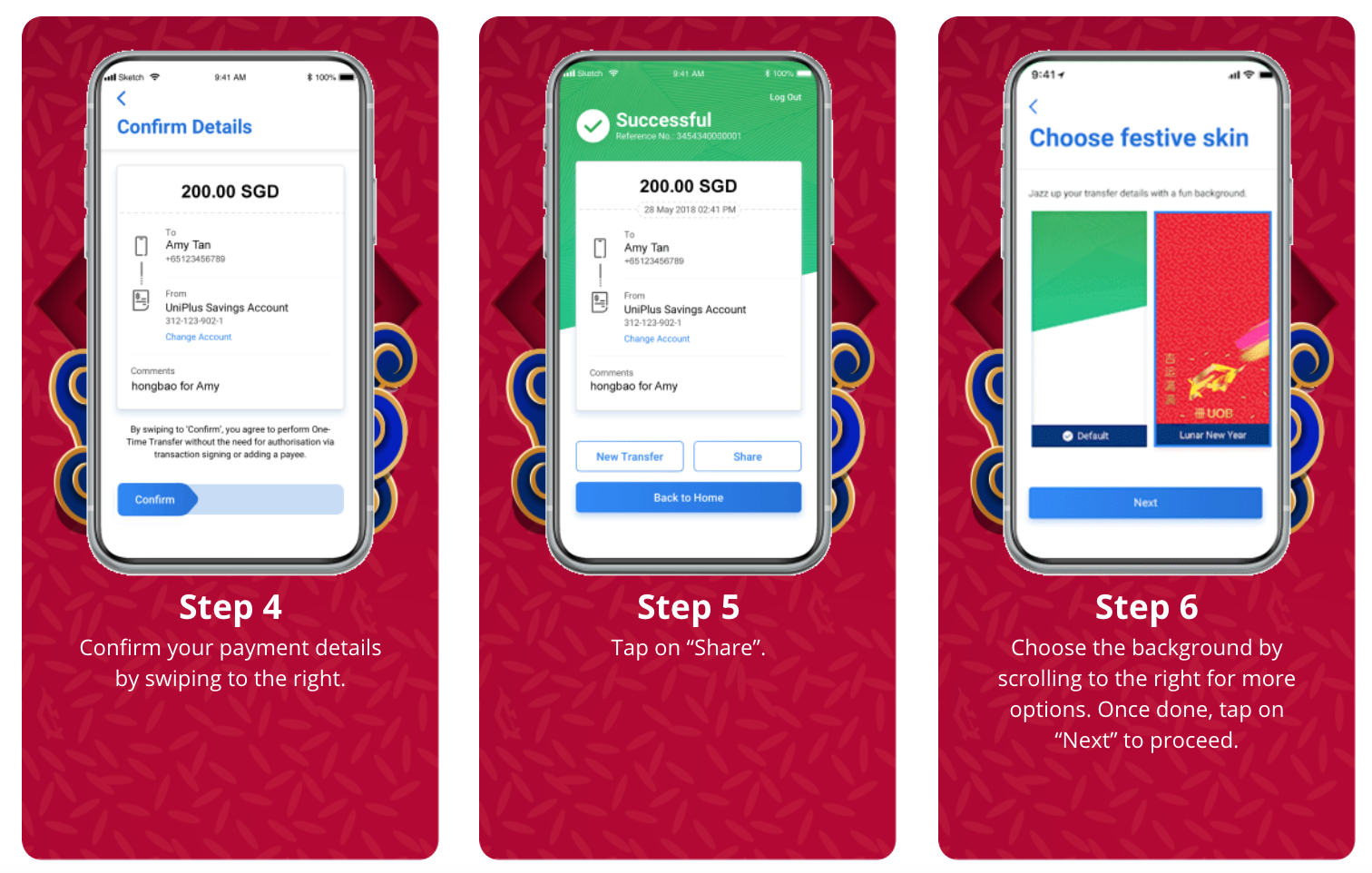
e-hongbao via PayNow through UOB Mighty Singapore, uob.com.sg
While most of the large banks in Singapore have introduced e-hongbao functionalities, it appears that none of the city state’s popular non-bank mobile wallets, including GrabPay, FavePay and EZ-Link Wallet, have launched a similar feature yet.
Singapore is currently in phase 3 of its reopening amid the COVID-19 outbreak, under which social gatherings of up to eight people are allowed.
Virtual envelopes and e-gifting on the rise
In recent years, e-gifting has been on an upward trend. The volume and value of PayNow transactions processed by UOB during 2020’s 15-day festive period roughly doubled compared with the same period in 2019.
The surge was mainly driven by Millennials, a UOB spokesperson told the Straits Times. This year, he expects older generations to join in amid social distancing concerns.
Similarly, the average amount sent by DBS users via the bank’s eGift function during the Lunar New Year increased from S$36 in 2019 to S$47 in 2020.
E-hongbaos first emerged in China back in 2014 when messaging app giant WeChat introduced the ability to distribute virtual red envelopes of money to contacts and groups via its WeChat Pay platform.
When the envelopes debuted in 2014 during Chinese New Year, the number of people using WeChat Pay more than tripled from 30 million to 100 million in a month. Over the six-day holiday, users sent each other 20 million red envelopes. One year later, that number reached 3.2 billion.
The popularity of the feature spawned imitations from other vendors, including Alibaba, which added a similar function to its competing messaging service.
A 2019 research study shows that the popularization of virtual red packets comes from their contagious feature: users who receive red packets feel obligated to follow suit to send another one.
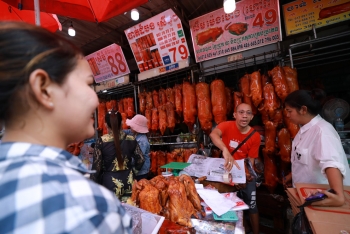 Lunar New Year 2021 in Cambodia: Spending Slump Lunar New Year 2021 in Cambodia: Spending Slump With Covid-19 cutting into Cambodians’ incomes and transforming consumer behaviour, the Kingdom is expected to see a Lunar New Year spending slump this year. |
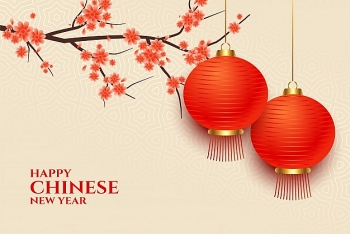 Happy Lunar New Year: Best Wishes, Great Quotes, Greetings and Messages Happy Lunar New Year: Best Wishes, Great Quotes, Greetings and Messages Lunar New Year is associating with the Chinese New Year and Spring Festival which often celebrated among some Asian countries including China, Vietnam... Lunar New ... |
 Top 10 Decoration Ideas for Chinese Lunar New Year Top 10 Decoration Ideas for Chinese Lunar New Year Chinese New Year, also known as Lunar New Year or Spring Festival, is China's most important festival. Haven't got any ideas for decorations? Check out ... |
 Chinese Lunar New Year: 8 Traditional Lucky Foods for the Year of Ox 2021 Chinese Lunar New Year: 8 Traditional Lucky Foods for the Year of Ox 2021 On the occasion of Lunar New Year, not only clothes and customs associate with luck but also the foods that bring the significant meaning of ... |
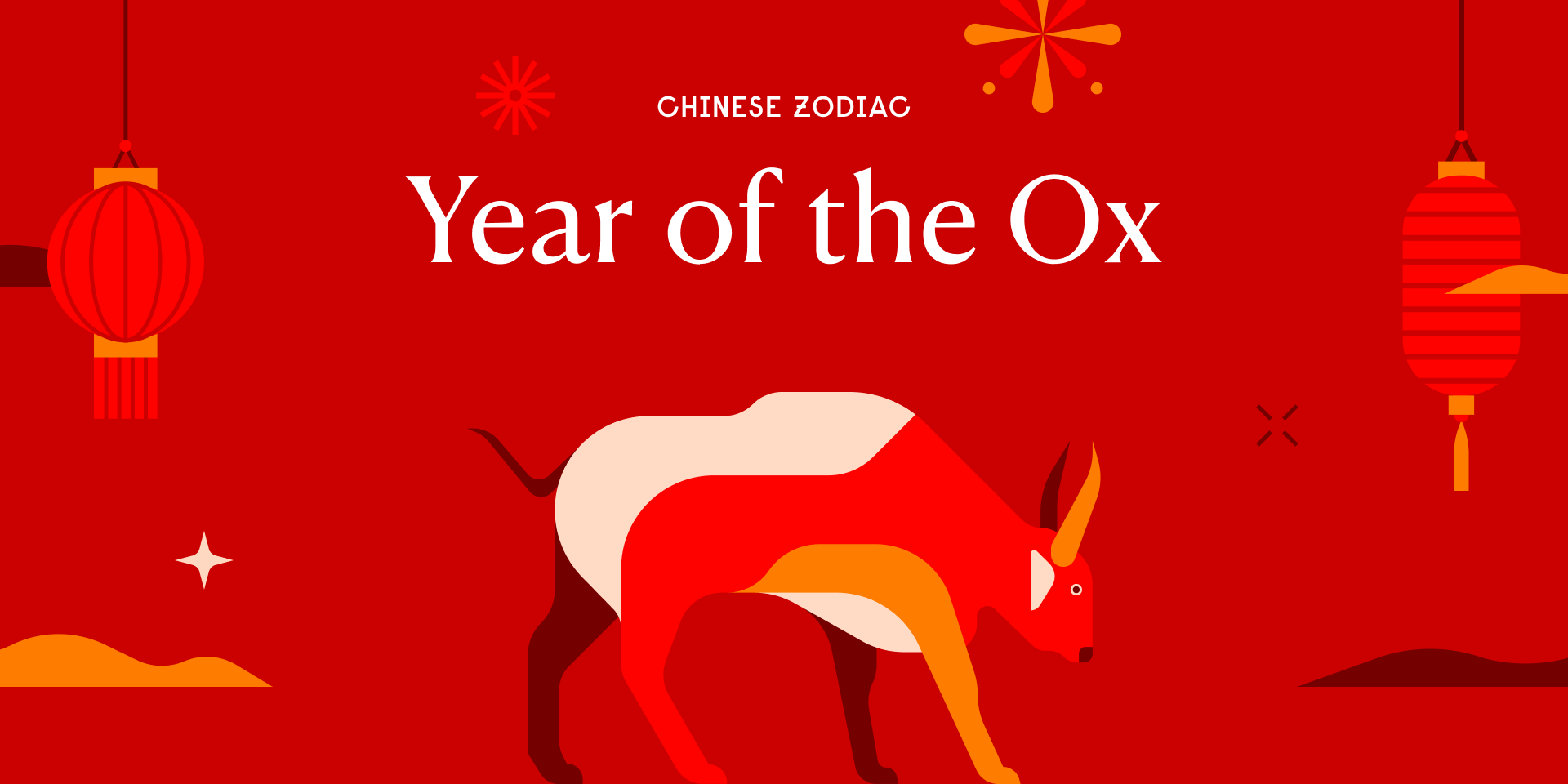 Chinese Lunar New Year 2021: Facts about the year of OX, Traditions, Customs Chinese Lunar New Year 2021: Facts about the year of OX, Traditions, Customs Chinese New Year is annually celebrated between January and February and the occasion is commonly found in Asia with many ways to celebrate according to ... |
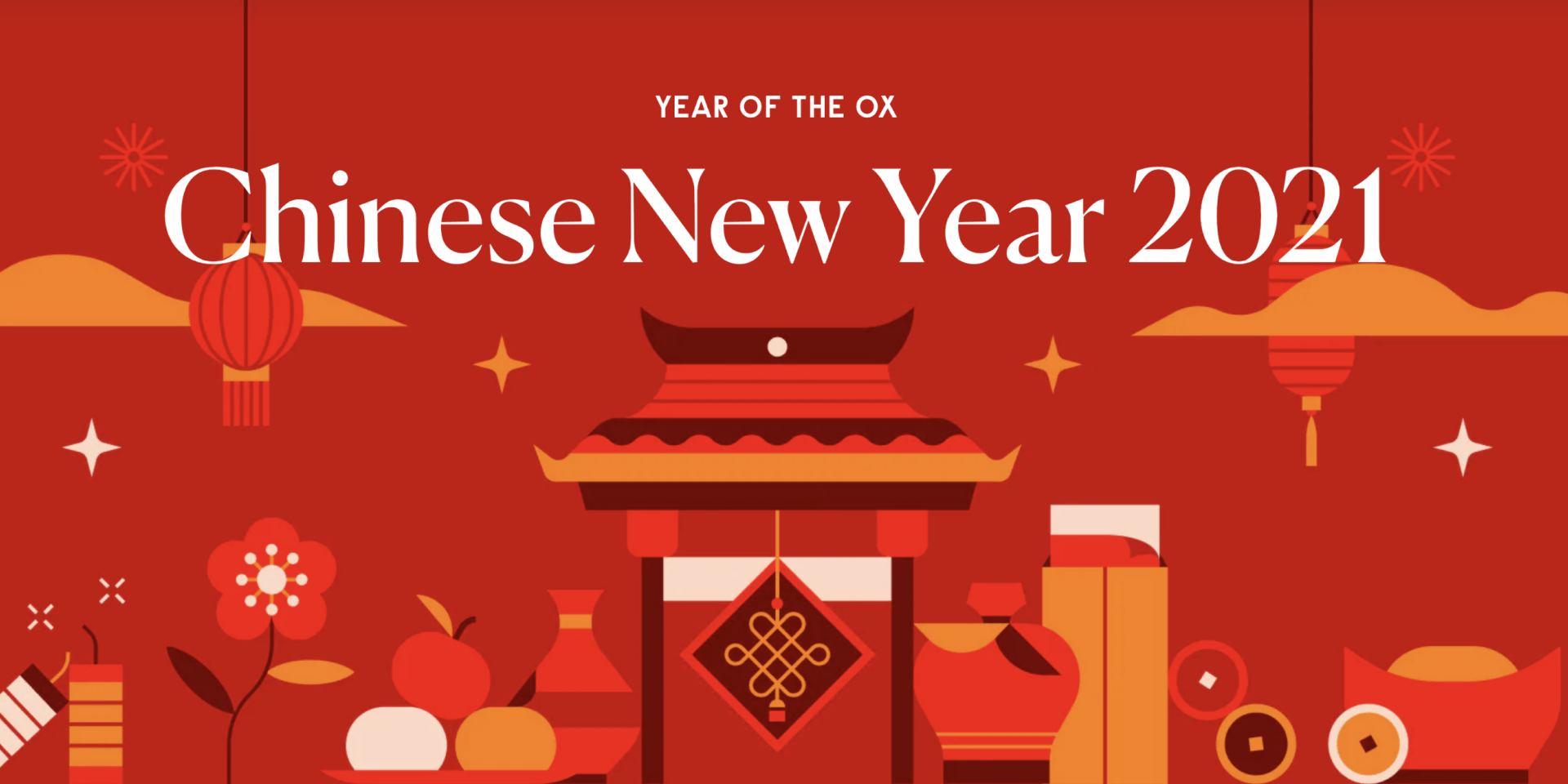 Chinese Lunar New Year 2021: Red Costumes, Tips to Wear For a Lucky Year Chinese Lunar New Year 2021: Red Costumes, Tips to Wear For a Lucky Year Chinese New Year, Lunar New Year, is around the corner! Wishing you a lucky 2021 and a full-of-happiness year with those recommended clothes and ... |























